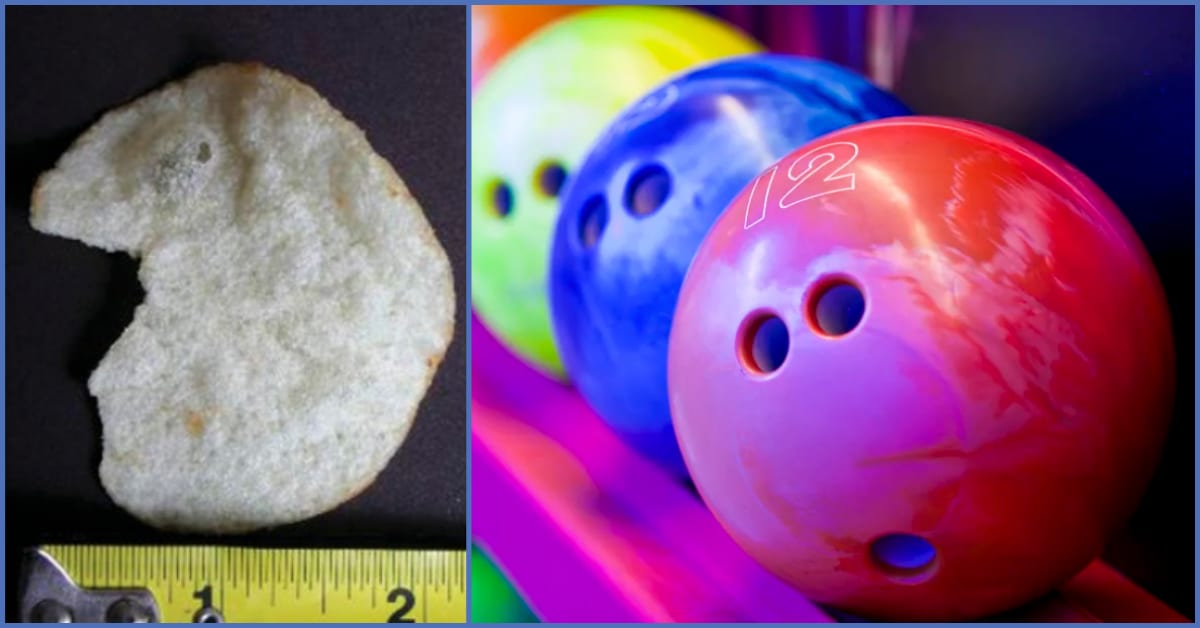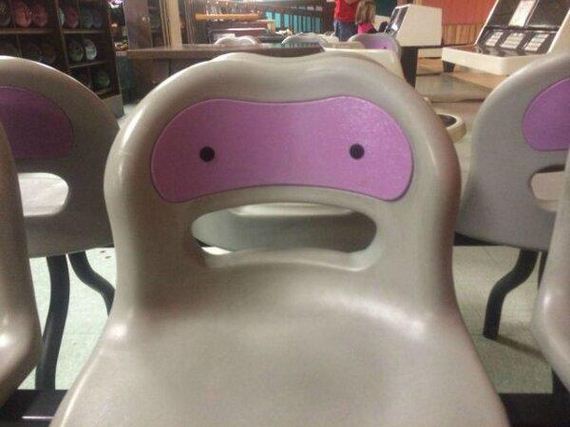We look for human faces even in inanimate objects and that comes from the fact that recognizing faces is so important to social life that our brains would rather find one where there isn t one than miss a real life face

We Seek Human Faces Everywhere: The Fascinating Phenomenon of Pareidolia

Our brains have a remarkable ability to recognize patterns, even when they aren’t really there. One of the most common and intriguing examples of this phenomenon is pareidolia - the tendency to perceive human faces in inanimate objects. From seeing faces in clouds and rock formations to finding facial features in everyday items such as toasters or cars, our brains have an uncanny knack for seeking out familiar facial patterns.

But why do we experience pareidolia? Why is our brain wired to find faces where none exist? The answer lies in the vital role that recognizing faces plays in our social lives.
Human beings are inherently social creatures. We rely on facial expressions, body language, and other non-verbal cues to navigate our social interactions. From infancy, we are attuned to recognizing and interpreting facial expressions as a means of understanding the emotions and intentions of others. It is through this ability that we connect with others on an emotional level and form meaningful relationships.
Our brains have evolved to prioritize face recognition. The fusiform face area (FFA), a specialized region located in the temporal lobe of the brain, is responsible for processing and identifying faces. This area is highly sensitive to facial features, allowing us to recognize faces with incredible speed and accuracy.
This heightened sensitivity to faces is so deeply ingrained in our neural circuitry that it can lead to overactive face detection. In other words, our brains are prone to detecting faces even when they don’t actually exist. This evolutionary quirk is thought to be a result of the importance of social bonding and the need to quickly identify and respond to potential threats or allies.
Pareidolia is not just a random occurrence or a figment of our imagination; it is a fundamental part of how our brains perceive and interpret the world around us. It is a testament to the power of our cognitive processes and the incredible complexity of the human brain.
While sometimes dismissed as a mere optical illusion or a product of our imagination, pareidolia has sparked genuine scientific interest. Researchers have conducted studies to understand how and why we experience this phenomenon. These studies have demonstrated that certain factors, such as familiarity, emotional significance, and context, can influence our perception of faces in inanimate objects.
Interestingly, pareidolia is not unique to humans. Studies have shown that other animals, such as monkeys, also exhibit similar tendencies to recognize faces in objects. This suggests that the ability to perceive faces is deeply rooted in our evolutionary history.
Our propensity for pareidolia has significant cultural and artistic implications as well. Throughout history, artists have incorporated facial features into various forms of art, harnessing the power of pareidolia to evoke emotions and engage the viewer on a deeper level.
In conclusion, the tendency to see human faces in inanimate objects is a fascinating quirk of human perception. It is a reflection of our brain’s remarkable ability to seek out patterns and make sense of the world. Far from being a mere illusion, pareidolia is deeply rooted in our evolutionary past and plays an essential role in our social lives.
Source: BBC Future
Share
Related Posts
Quick Links
Legal Stuff

